about Cotton Brazil
Cotton Brazil represents the Brazilian cotton industry, focusing on the quality, sustainability, and traceability. We advocate for the entire national production chain and promote the use of cotton, due to their sustainable, biodegradable, and comfortable nature, benefiting both consumers and the environment. This commitment is captured in our slogan: “Growing for a Better Future.”
Cotton Brazil is led by ABRAPA (Brazilian Association of Cotton Producers) with the support of two key organizations: ANEA (National Association of Cotton Exporters) and APEX Brasil (Brazilian Trade and Investment Promotion Agency).











